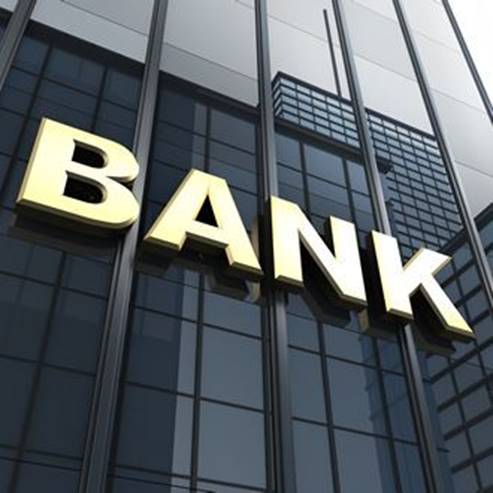Banks Enter the War for the European Stablecoin Market
Banking Circle joins the likes of Deutsche Bank and Société Générale who are looking to fill the void left by the USDT in Europe with the stable currency EURI.
In the midst of the changes that the market for stable coins in the European Union (EU) has undergone after the entry into force of the Market Regulation for Cryptoassets (MiCA), there are more and more banks that are interested in entering the ecosystem.
Banking Circle, an EU-regulated bank founded in 2016, is this time around. The financial institution, which focuses on cross-border payments, has just launched EURI.
It’s a stablecoin that meets the requirements established by MiCA for operating stablecoins and, according to the company’s statement, will be issued through the Ethereum and BNB Smart Chain (from Binance) blockchains.
“EURI will be subject to transaction monitoring and risk assessments for fraud detection and general risk mitigation,” Banking Circle’s briefing notes, adding that it aims to enter the competition that currently exists for dominance of the European stablecoin market.
There are plans to launch other stablecoins and tokenized money in future to give users more options in an environment where regional stablecoin market struggle is marked by USDT’s impending exit.
The stablecoin that dominates the global market (including Europe’s) is expected to leave the region’s regulated market in the coming months, as reported by a media outlet. This, after Tether’s decision not to comply with MiCA’s requirements, considering them to be detrimental to the company.
In the EU market, which was more than 90% dominated by USDT, Tether’s decision has brought changes. All this in the midst of the new rules for stablecoins that came into effect on June 30th last year. They are currently in a six month transition period.
The stablecoin that has gained the most ground is USDC, USDT’s main competitor, which is also backed by the dollar, according to what has been observed so far. While the dollar stablecoin market lags behind, other euro-based currencies such as EURS, EURC, EURA and EURT are entering the fray.
Banks Want to Take Advantage of Stablecoins
The European authorities would like to see Euro stablecoins gain more ground, which is why banks want to get involved. This explains the move by Banking Circle, whose EURI stablecoin will compete with other banks’ stablecoins in the region.
The European bank is thus part of a trend that is on the rise worldwide, with traditional financial institutions developing their own stablecoins. These include large and long-established entities in Europe, such as Société Générale-FORGE (SG-FORGE), a subsidiary of the Société Générale Group, which launched its Ethereum-powered EUR Coin Convertible (EURCV) last year.
The same can be said for German giant Deutsche Bank. In July, the bank announced plans to launch a EUR-anchored stablecoin next year through its subsidiary DWS. It will be used by investors and industry as demand for regulated digital currencies grows. This is thanks to MiCA.
In doing so, the European banks are not only betting on the growth of Euro stablecoins, but are following the guidelines set by most of the world’s financial institutions, who are seeking to benefit from a market that is expanding and has already exceeded USD 170 million.
As a new form of interoperable and programmable money, these currencies have the potential to reshape the global financial system, as most analysts point out.
As such, it could “supplant legacy payment networks and credit cards such as SWIFT, Visa and Mastercard, accelerate the unbundling of financial institutions, and expand access to currencies in countries with restrictions, including sanctions”.
By Audy Castaneda
